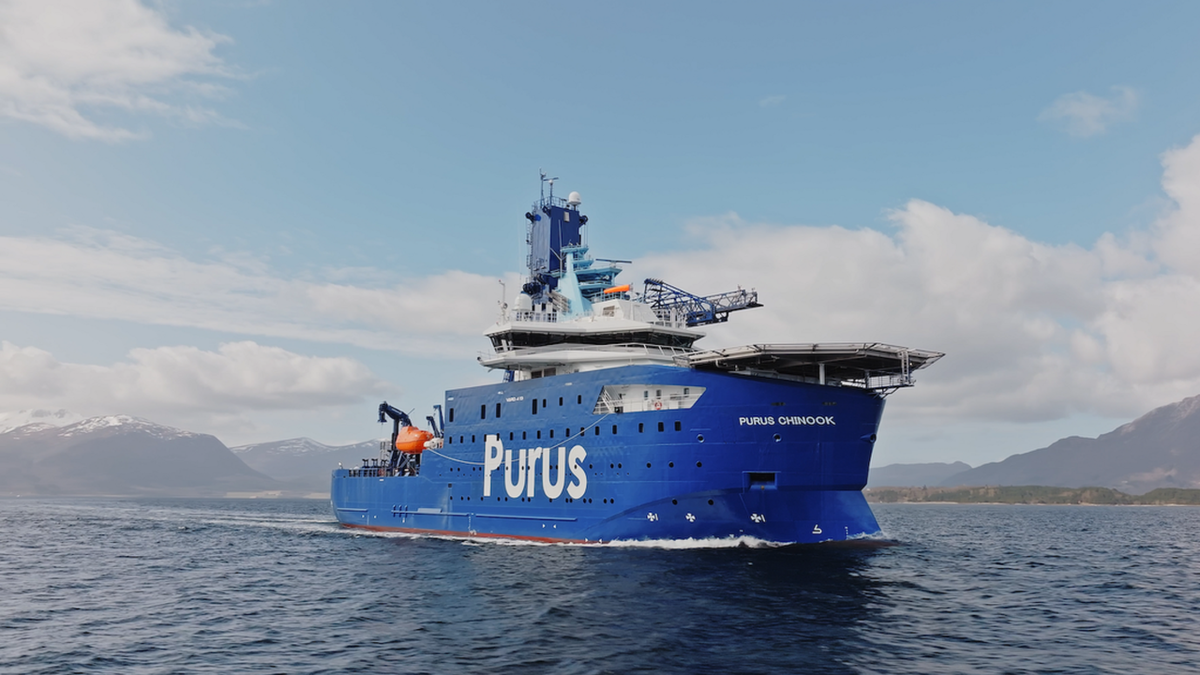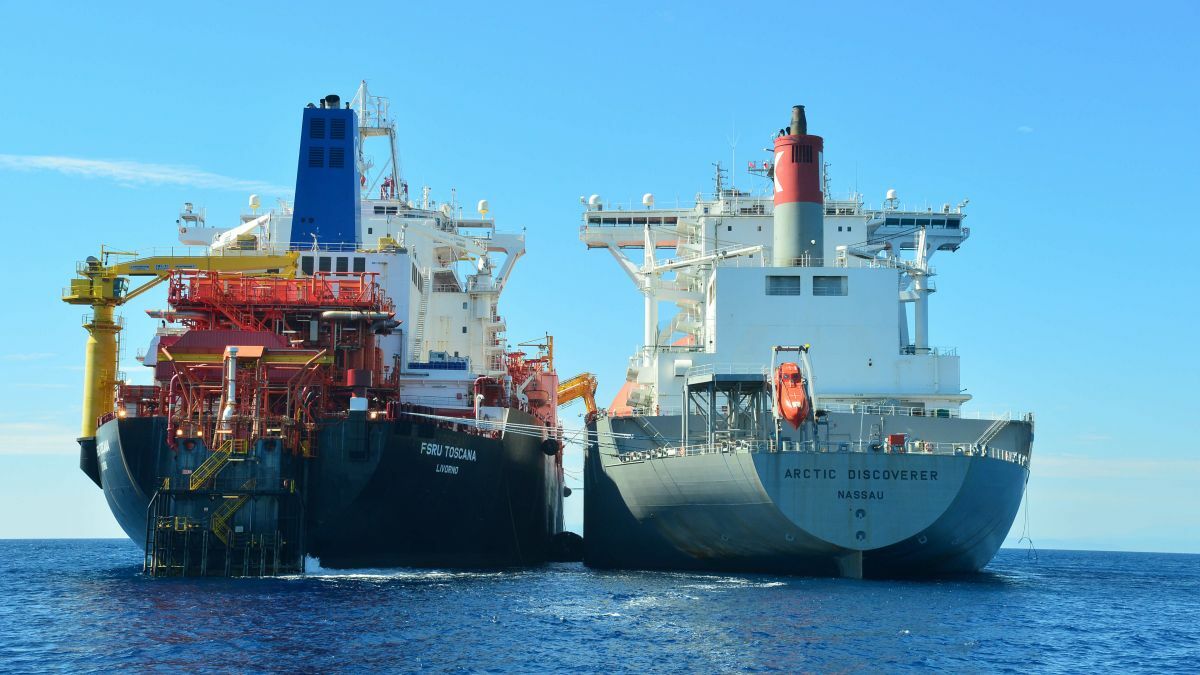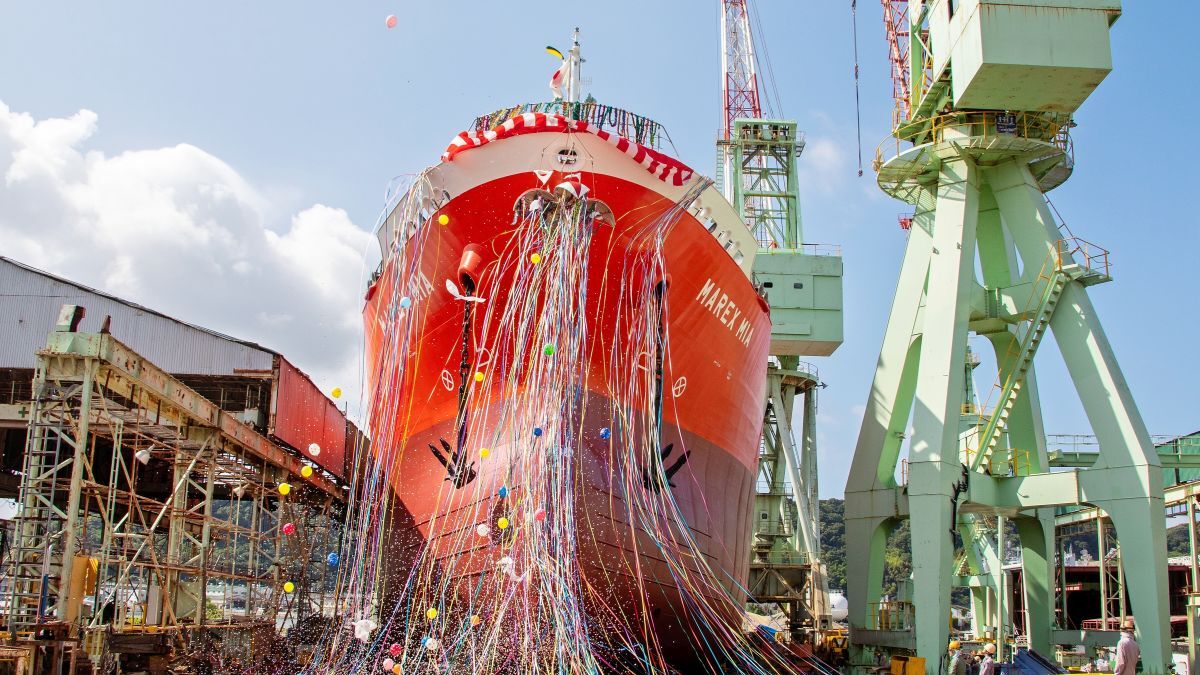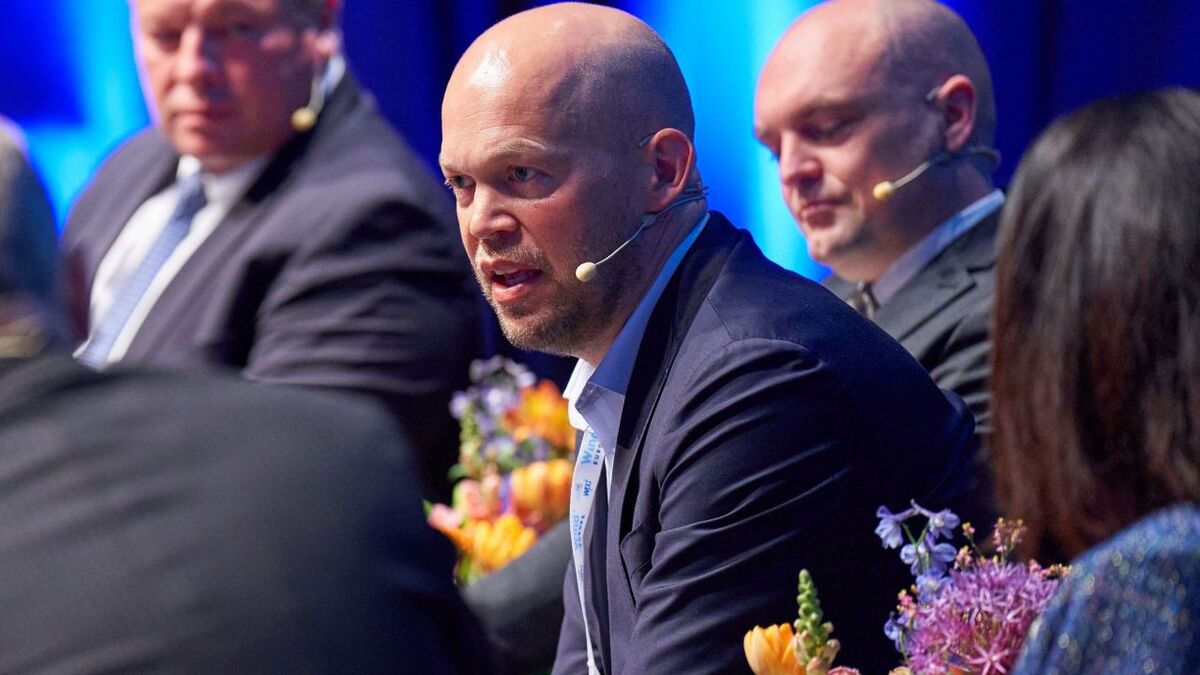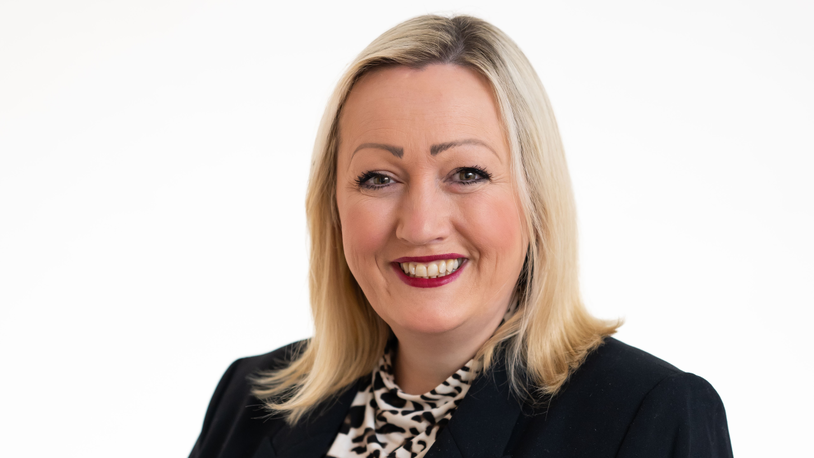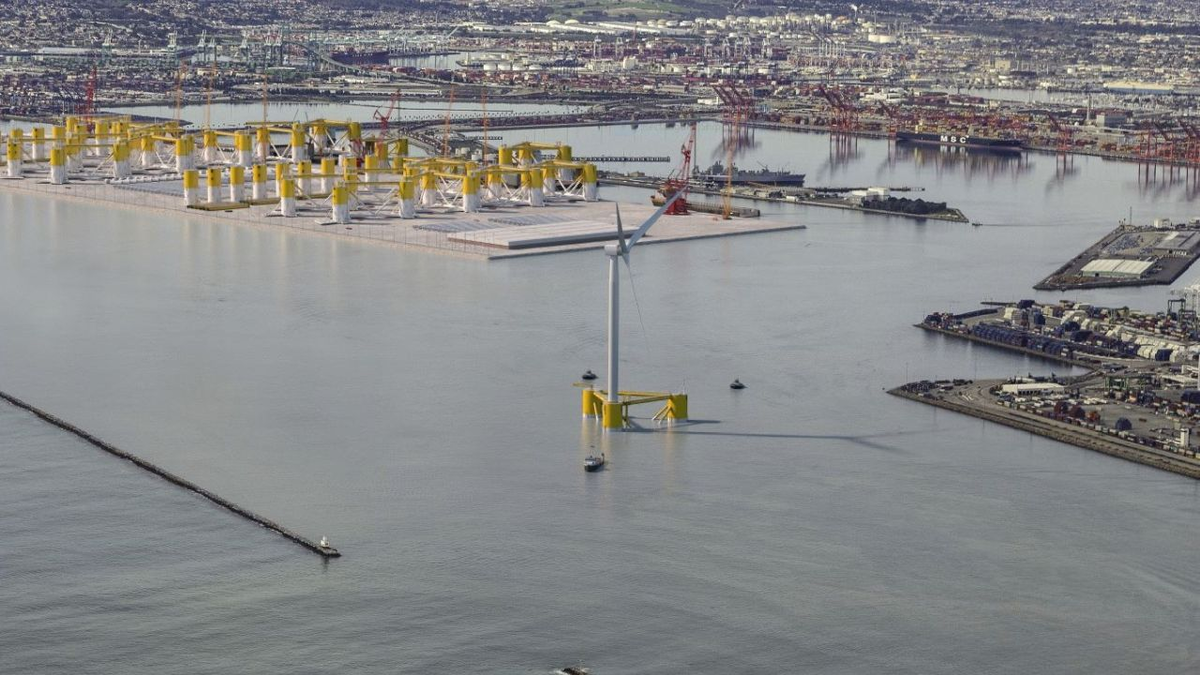Business Sectors
Contents
Dearth of information means lessons aren’t being learned
A ‘stop work’ order issued following an incident has a huge commercial impact on a windfarm project. Actual damages can be calculated from lost production and vessels left idle while hire is being paid. However, the damage to the reputation of the operator and the offshore wind industry is much more difficult to quantify.
The industry is attempting to mitigate this risk by raising awareness of safety. Operators of windfarm service vessels (WFSVs) are being asked in commercial tenders to provide evidence of having a safety management system (SMS) in place and whether they are certified under various ISO or British standards such as 9001:2008 (quality management), 14001 (environmental management) or 18001 OHSAS (occupational health and safety). Higher quality operators are obtaining these certifications, at great effort and cost, and it is hoped that the market will recognise this extra effort with higher day rates and longer, more bankable contracts.
A WFSV operator who achieves these standards is presented with a challenge, however, which is a fundamental issue in the offshore wind industry and a core element of the ISO standards – that is, the principle of continuous improvement.
Under this principle an organisation must continuously measure its processes and strive to achieve more difficult objectives to satisfy its customers. This is achievable when one looks at the business process side of running a company by ensuring that the invoice process is accurate, communications meets client requirements and other such measures, but is a little more difficult to achieve when it comes to safety.
To continuously improve in the area of safety which, for WFSV operations, is a primary objective, it is helpful to have metrics against which to measure performance, and the ability to integrate lessons learned by others into one’s own management system. Unfortunately, at this time in the offshore wind industry, there are no metrics readily available to operators of WFSVs and information on incidents and lessons learned are patchy and difficult to find.
Most operators have some sort of safety policy statement in place, written by management, which gives the company’s position regarding safety awareness and most will contain a statement about zero accidents or not causing harm. While this is the objective to strive to achieve, in reality accidents happen and near misses will occur.
For many years, the safety pyramid has been used to show the relationship between near misses and major injuries, with many examples available. In reality WFSV operators need to understand that by reducing the number of near misses in an organisation, they improve the safety culture and thus reduce the risk of a lost time injury (LTI). This requires the implementation of a robust and transparent incident reporting scheme.
Having data available on what is really happening, an operator can then implement procedures and equipment upgrades that effectively reduce risks and enhance safety, rather than having a kneejerk reaction to an incident or response from a client’s HSE department.
However, most WFSV companies are small, they usually have 1-10 vessels, so the exposure hours are limited and the ability to gather suitable data to benchmark and learn against is low.
At present, there is no central reporting scheme for safety statistics in the offshore wind industry that operators can use as a benchmark to see if their own performance is in line with the industry or not. This sort of benchmarking is useful to see if the safety procedures in place within a company are effective or not.
Learning lessons from incidents in one’s own organisation should be the objective of continuous improvement within an effective safety or environmental management system. An industry that is committed to learning today’s lessons to prevent the accidents of tomorrow, needs to find ways of sharing the lessons so that others may also learn and not find out the hard way themselves.
At the moment, however, there are not many opportunities for WFSV operators to learn from others. Limited information is available from the Marine Accident Investigation Branch (MAIB) in the UK, but only serious accidents are reported and, by their nature, these take time to investigate properly. When the MAIB issues a report the findings should be taken seriously by the industry. At the time of writing there are two incidents involving WFSVs under investigation.
The UK Health & Safety Executive also has a requirement for incidents to be reported under the Reporting of Injuries, Diseases and Dangerous Occurrences Regulations (RIDDOR). It also produces safety bulletins; however, finding information specific to offshore windfarms, let alone WFSVs, on the website is very difficult.
An internet search reveals that the most comprehensive list of incidents is produced by the Caithness Windfarm Information Forum. This is a body whose stated objective is to raise concerns about the proliferation of windfarms in Scotland. Despite their motives, they have compiled a list of over 1,300 incidents in the last 30 years related to the wind industry, both onshore and offshore, worldwide. As interesting as this data is, it is difficult to sort out those of direct interest to the WFSV operator. It does not contain anything other than the bare reported facts with no lessons learned available.
At a recent conference devoted to health and safety in the offshore wind industry there was confusion on whether recording the working hours of administrative support workers in the site office was relevant to reporting exposure hours of a project. This discussion appeared to be a distraction that can be easily resolved by reporting exposure as onshore and offshore hours. The International Marine Contractors Association (IMCA) has a robust safety incident and safety statistic reporting and dissemination programme with data coming from its 800+ members. They report annually on the safety performance of their members with the last reported statistics available for the year 2011.
That report was based on an exposure of 583 million man hours, with 431 million of those worked offshore. The lost time injury frequency rate (LTIFR) for the 195 companies that contributed was 0.64 per 100,000 man hours worked. These statistics are freely available on the IMCA website.
One has to keep in mind that these are generated by the large offshore construction companies working in the offshore oil and gas industry, and are not specific to the offshore wind industry; however, many of the members using the site are working in offshore wind too.
IMCA members also report safety incidents in a sanitised format which are then shared anonymously as safety flashes. As there are some WFSV operators who are IMCA members these safety flashes will periodically have information relevant to them and these are available to non-members via the IMCA website. The safety flash system works in co-operation with the Marine Safety Forum and other industry bodies to gather and disseminate data to as wide a field as possible.
Renewables UK is attempting to rectify the obvious deficiencies in reporting and subsequent distribution of safety information through the development of the Renewable Industry Safety Exchange (RISE). Its goal is to allow easy reporting and dissemination of information and the compilation of statistics for benchmarking against peers.
However, as this platform is still under development it is uncertain what it will look like and it will take time to get a useful database of information compiled. It is also uncertain whether this platform will be utilised for projects outside the UK and thus be truly representative of the offshore wind industry.
For the operators of windfarm service vessels therefore, there is no clear path to obtain safety statistics against which to benchmark actual safety performance, or sources of information to learn lessons to ensure continuous improvement. For the time being, word of mouth or unverifiable internet resources such as YouTube or the Caithness Windfarm Information Forum are the only obvious resources available.
However, these only state what has happened, and not why or how to prevent it again, and may not report the entire story. Even when the MAIB reports on the two active WFSV investigations, it is up to the operator to get this from the MAIB website.
The offshore wind industry as a whole does not openly share information on matters such as these, and lessons learned from fatalities such as the death on a windfarm in Germany in 2012 are not readily made available. Secrecy ensures that gossip and hearsay will have more penetration than fact, and result in valuable lessons not being learned.
The National Workboat Association (NWA), the WFSV trade organisation, has recognised this deficiency and is trying to create a reporting system but no concrete progress has been made thus far. The IMCA website provides statistics allowing operators to benchmark against the wider offshore construction industry, and shares clear information via safety flashes, all of which is available without being a member. As the NWA is in the process of becoming an IMCA member it is hoped that relevant and useable information will be available for WFSV operators before too long. Until RISE comes on line, IMCA may be the best resource available.
Cost-effective black box introduced
BMO Software, a Rotterdam-based supplier of software solutions to the offshore oil and gas and offshore wind industry, has launched an integrated vessel movement monitoring system called Vessel Black Box.
Vessel Black Box is intended as a flexible, integrated and robust vessel movement monitoring system for crew transfer vessels and is based on the design philosophy ‘simple installation, easy maintenance and direct access to data’. The system makes information available in real time and automatically sends reports on a daily or monthly basis.
The company says the Vessel Black Box will give windfarm operators and vessel owners key information on vessel activity and provide a framework for optimisation of fuel consumption, crew planning, passenger comfort and safety. It will also help in evaluating performance and in planning for future upgrades and expansion. The Vessel Black Box also monitors essential HSE parameters such as vibration according to BSI/ISO 2631, motion sickness indicators, and provides high definition video of all transfers. The system comes with a back-up power supply, Wifi and 3G/GPRS communications. Options include integrated cameras and a crew transfer tracking system.
The Carbon Trust recently selected the system for use in its Offshore Wind Accelerator programme.OWJ
Related to this Story
Events
LNG Shipping & Terminals Conference 2025
Vessel Optimisation Webinar Week
Marine Coatings Webinar Week
© 2024 Riviera Maritime Media Ltd.


